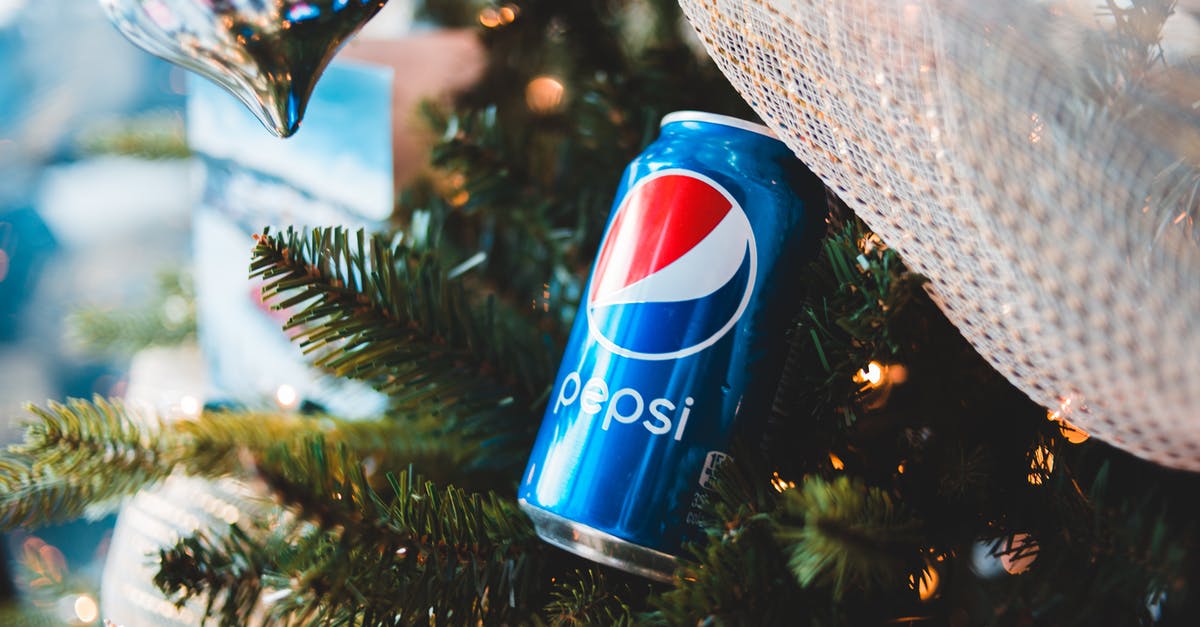Can one create any flavor combination by breaking down the five modalities of taste into their chemical form and adjusting proportions accordingly?

Can one create any flavor combination by breaking down the five modalities of taste into their chemical form and adjusting proportions accordingly?
Namely, if you broke down sweetness, sourness, bitterness, saltiness, and umami into their rawest chemical form, could you combine these chemical to create virtually any taste?
Best Answer
While your wording is somewhat ambiguous, the answer is a resounding "no" for both possible senses of the word taste. To avoid confusion, I will use the word taste for only the sensation of sweet/salty/sour/bitter/umami, as in "tastes slightly salty", and the word flavor for what we perceive when we eat a given food, as in "tastes of strawberries".
Starting with the sense I think you meant: flavor.
This is a highly complex sense involving many different types of receptors.
- The main ones responsible for flavor are the smell receptors. Every human has receptors for several thousand molecules, and the set of those receptors varies somewhat between individuals. Alone the task of recreating the exact combination of molecules which create the smell of a single food is impossible (usually the full list of molecules is not known anyway).
And if you want a perfect match, you also would need to include
- the receptors for taste (the five I mentioned above)
- the receptors for temperature. While every given food can be eaten at a different temperature, there are cross-communication effects both on the level of the receptors in the mouth (e.g. sucrose loses a lot of its sweetness if consumed very cold) and on the level of the brain (you might not recognize beer if somebody served it to you piping hot, because you are not accustomed to tasting it in this context)
- the receptors for touch - texture is an inseparable part of the flavor experience
- the receptors for fat - we don't usually notice their contribution, but they exist in our mouths and participate both in the experience of taste and the feeling of satiety
- the receptors for pain - relevant for hot/spicy foods
- previous knowledge/priming of what you are going to taste. It may come as a surprise to you, but we are not all that good at recognizing flavors. I have seen manufacturers create a "guessing game" by releasing new flavors short-term and have the customers send their guesses to win a prize. While I have never sent a letter, I have tried such "mystery flavors" and usually had no idea which flavor it is supposed to be. And while these are artificial flavors with a very limited complexity (see below), first they include the most characteristic smell of the real thing, and second, I am pretty certain that if I ask an average person to close their eyes and feed them a small piece of a typical supermarket-issue fruit, most will have difficulty recognizing it.
Of course, you don't have to create an exact match to invoke an association of a given flavor, this is how foods with artificial flavoring "work". They tend to contain 3-4 of the most prominent smell molecules of the given food (a single one in the cheapest case), roughly match the flavor direction of the original (I have never seen somebody put strawberry flavoring in pringles-style chips - but note that you don't want a perfect match, nobody would want a candy that has the sweetness levels of a real strawberry) and the rest - and it is a big rest - is labeling, to give you the knowledge mentioned above.
So, to the second sense of the word: taste in the strict sense.
This is also impossible, simply because there is no "rawest chemical form" of any of the five tastes. See this older question for more background. Each of the taste receptors can be triggered by different molecules, and produces a different taste profile - the bitterness of quinine tastes very different from the bitterness of bitrex, for example. You cannot even use one kind of bitter to imitate another kind of bitter - so you certainly cannot match any possible combination of the five. The best you can do is to do is a very rough imitation, which will lack all nuances.
Pictures about "Can one create any flavor combination by breaking down the five modalities of taste into their chemical form and adjusting proportions accordingly?"



What are the 5 flavor profiles?
Sweet, salty, sour, bitter and umami are five taste elements that build our overall perception of flavour.What are the 5 taste receptors?
We have receptors for five kinds of tastes:- sweet.
- sour.
- salty.
- bitter.
- savory.
What food has all 5 tastes?
Enjoy the 5 Tastes of Eating RightTasteFoodsSour Sweet Salty Bitter Umami*Citrus fruits (lemons, kiwi, blueberries Apples, watermelon, carrots, sweet potato Celery, rhubarb, bok choy, sea vegetables Leafy greens (arugula Tomatoes, mushroomsHow do we taste flavors?
Taste buds have very sensitive microscopic hairs called microvilli (say: mye-kro-VILL-eye). Those tiny hairs send messages to the brain about how something tastes, so you know if it's sweet, sour, bitter, or salty. The average person has about 10,000 taste buds and they're replaced every 2 weeks or so.Training and understanding taste buds and flavor
Sources: Stack Exchange - This article follows the attribution requirements of Stack Exchange and is licensed under CC BY-SA 3.0.
Images: Karolina Grabowska, Erik Mclean, Erik Mclean, Marko Klaric
